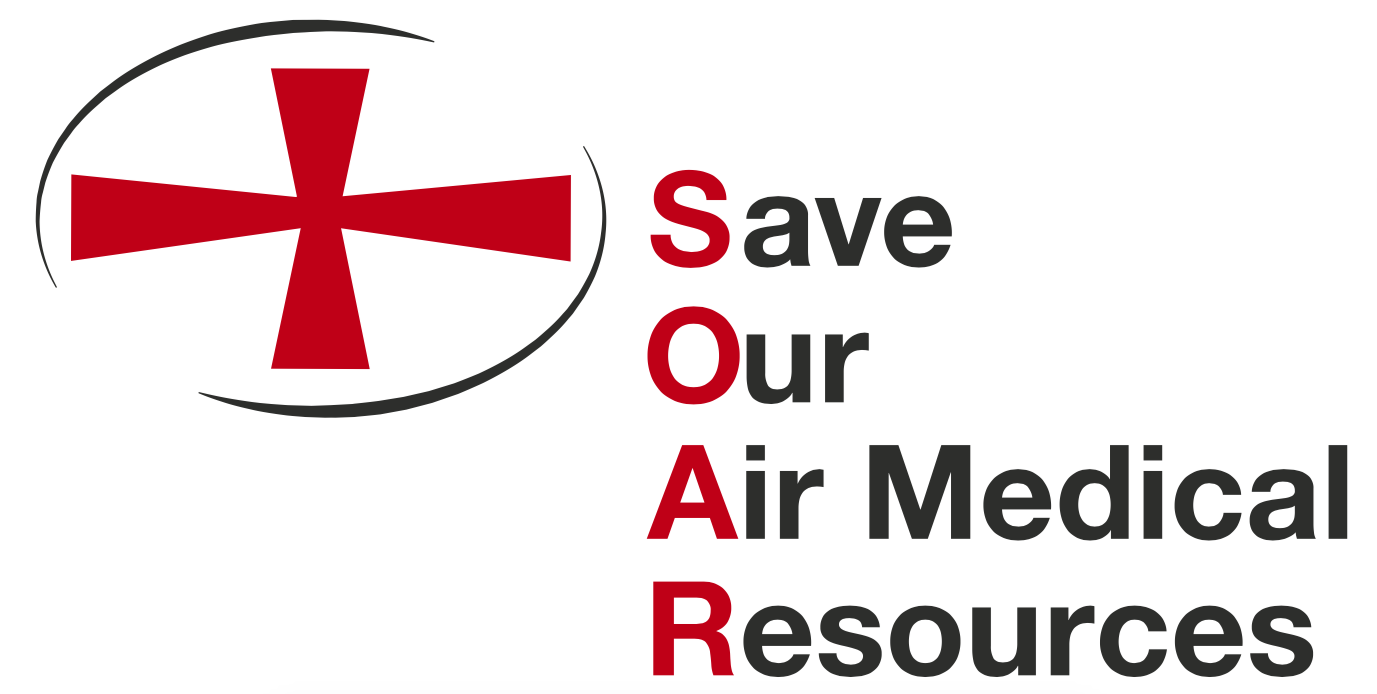WASHINGTON, D.C. -- In a letter to the Senate Committee on Health, Education, Labor, and Pensions (HELP), seven consumer, health and air medical organizations expressed concern over the bill’s unintended threat to access to air medical service in rural America. Specifically, the groups cited Section 105 of the Lower Health Care Costs Act, and noted that 32 air medical bases have already closed since the beginning of 2019. The letter urges the committee to instead address one of the root causes of cost-shifting to the private sector by updating the Medicare reimbursement rate for air medical services and having insurers cover these critical services.
Full text of the groups’ letter to the Senate HELP Committee is below.
July 16, 2019
Dear Chairman Alexander and Ranking Member Murray,
We applaud your work to address the problem of balance billing in the context of air medical transportation. This is a matter of great concern because today, approximately 85 million Americans, or 1 in 4, can only reach a Level 1 or Level 2 trauma center within an hour if they are flown by an air medical helicopter. In addition, 22 percent of rural hospitals have shuttered since 1990 and many more are on the brink of closure. Emergency care is becoming increasingly scarce, and thus air medical services are increasingly essential.
Ninety percent of emergency air medical transports treat patients experiencing a stroke, a cardiac event, or a traumatic injury. Air medical services are clearly needed and indeed, are often the only option for patients to get access to life-saving care quickly.
In this vein, we are concerned that Section 105 of the recently introduced Lower Health Care Costs Act, while undoubtedly well-intentioned, could inadvertently limit access to air medical services for millions of Americans, especially those living in rural areas. We recommend that Congress instead address the underlying problem by updating the Medicare reimbursement rate, which has not been changed in two decades.
More than 70 percent of patients transported by air ambulance have Medicare, Medicaid, another form of government insurance, or are uninsured. When government programs reimburse far below the cost of service, those costs are shifted, and balance bills increase for people with insurance. The balance billing problem must be addressed in a way that is fair to all parties – patients, providers, taxpayers who support federal health care programs, and insurance companies – and access to emergency air medical services must be protected for the 85 million Americans who, as noted above, currently can only reach a Level 1 or Level 2 trauma center within an hour if they are flown by an air medical helicopter.
There is an urgency to our concerns. Since January of this year, 32 air medical bases have closed. We urge you to look at the variety of factors affecting air ambulance service costs and reimbursement policies and take action to ensure that Congress adopts thoughtful, fair and comprehensive reimbursement and coverage rules. We thank you for your attention to this important issue.
Sincerely,
National Consumers League
Brain Injury Association of America
Consumer Action
Consumer Health Coalition
International Association of Flight and Critical Care Paramedics (IAFCCP)
Association of Air Medical Services (AAMS)
Save Our Air Medical Resources (SOAR) Campaign
cc: Members of the Senate HELP Committee

